Citroën B2 classic cars for sale
The Citroën B2, built from 1921 to 1926, stands as a prime example of early mass-production ingenuity from France. Powered by a 1,452 cc four-cylinder engine and a three-speed manual gearbox, the B2 reflects both technical progress and the spirit of its era.
Search results
Currently, there are no matching listings for your search.
Create search alert
Let yourself be notified as soon as a listing is published that matches your search filters.
Create listing
Do you have a Citroën B2 that you want to sell? Then create a listing now.
Create listingCitroën B2 listing references from Classic Trader
Below you will find listings related to your search that are no longer available on Classic Trader. Use this information to gain insight into availability, value trends, and current pricing for a "Citroën B2" to make a more informed purchasing decision.
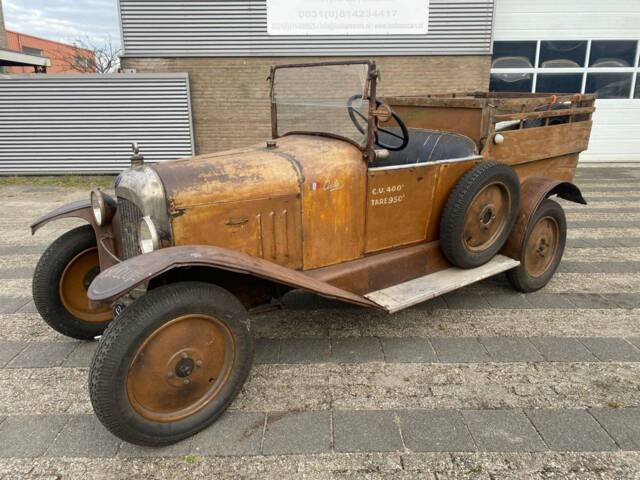
1923 | Citroën B2 Torpedo
Citroen B2 1923 Rijd en schakelt goed

1924 | Citroën B2 Torpedo
Citroën - B2 Caddy Sport - 1924
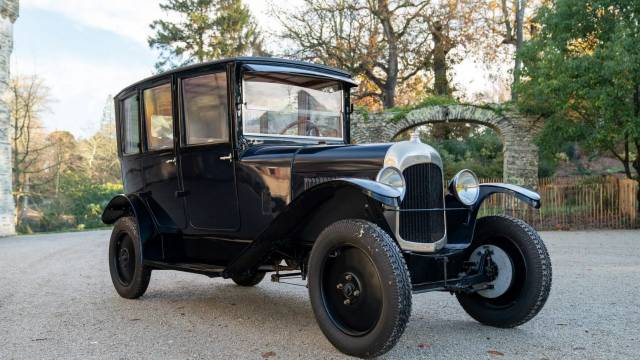
1922 | Citroën B2
Charming Pre-war - Lovely Condition

1922 | Citroën B2
Beautiful Pre-war Van - Needs Recommissioning
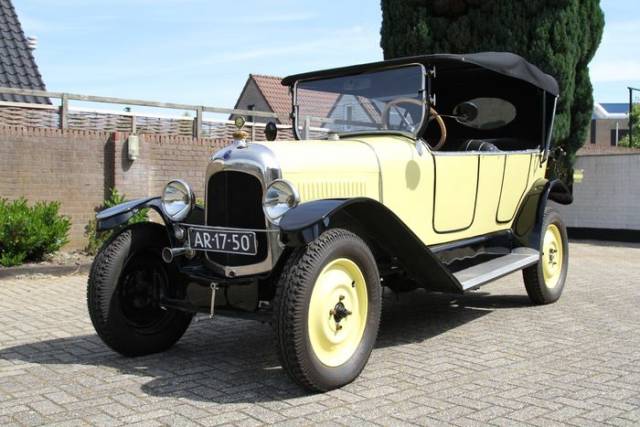
1923 | Citroën B2 Torpedo
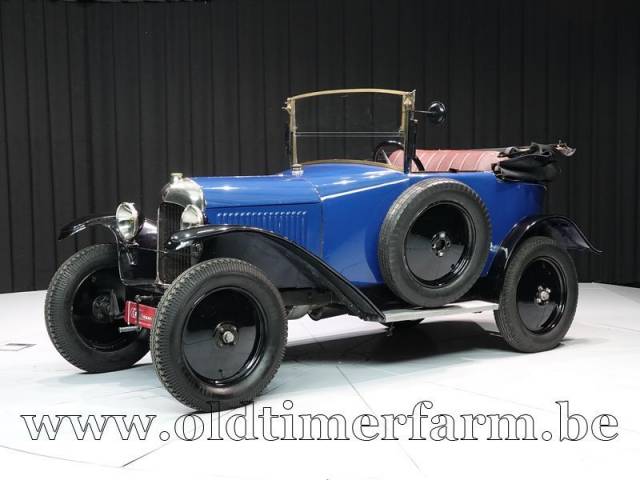
1922 | Citroën B2 Torpedo
1922 Citroën 5 HP Torpédo Cabriolet 2 Seater '22
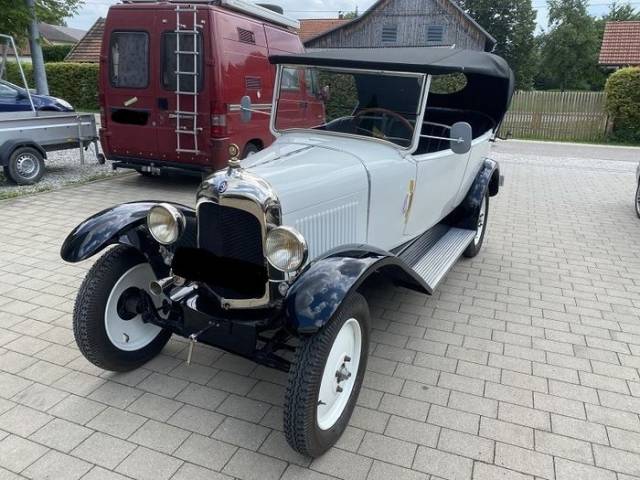
1925 | Citroën B2 Torpedo

1921 | Citroën B2 Torpedo
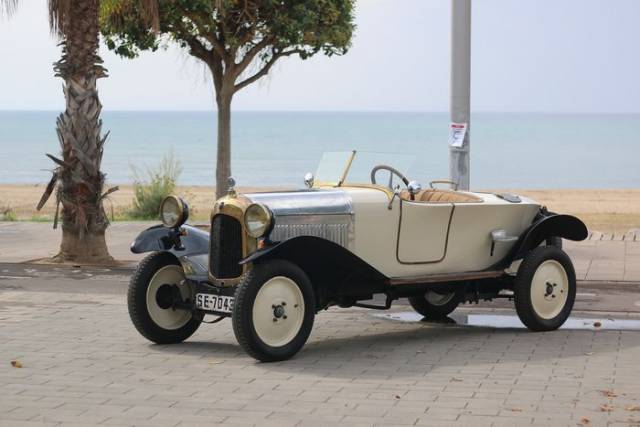
1924 | Citroën B2 Torpedo
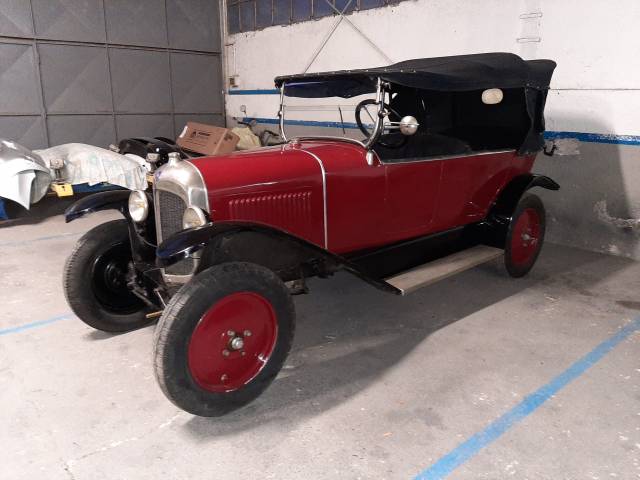
1924 | Citroën B2 Torpedo
FUNZIONANTE
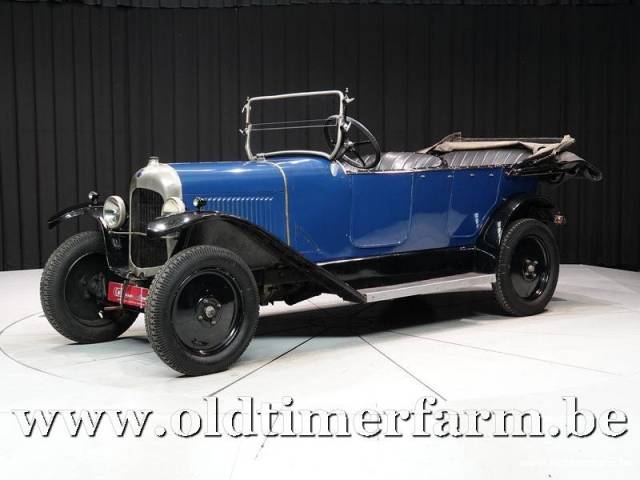
1922 | Citroën B2 Torpedo
1922 Citroën B2 Torpedo '22

1923 | Citroën B2 Torpedo
1923 Citroën 5HP Torpédo Cabriolet 2 Places C.2 '23
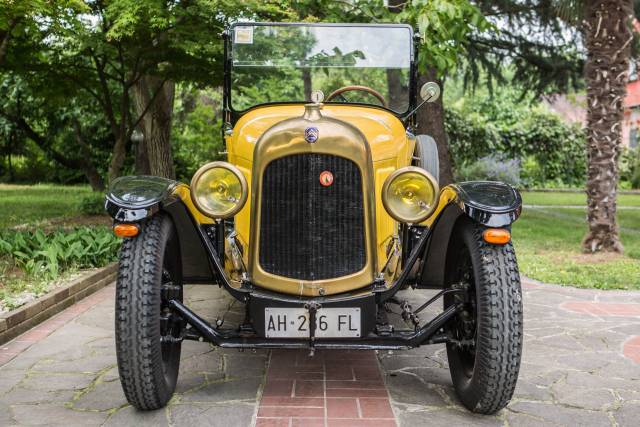
1919 | Citroën B2 Torpedo
Citroen Torpedo (1919)
Create search alert
Let yourself be notified as soon as a listing is published that matches your search filters.
Create listing
Do you have a Citroën B2 that you want to sell? Then create a listing now.
Create listingHistory of the Citroën B2
After discontinuing the Type A, Citroën responded with the B2 in 1921, a car that brought modern mass production to France’s automotive landscape. Designed at the Paris Quai de Javel factory, the B2 borrowed Henry Ford’s techniques, enabling Citroën to reach a remarkable daily output of 200 cars by 1925. Advertised for its economical consumption of 8 litres per 100 km, the B2 competed with international heavyweights, firmly establishing Citroën among industry leaders. The B2 also reached fame with its half-track Sahara expeditions, where adapted vehicles crossed the desert and demonstrated both the reliability and adaptability of the chassis and drive system.
Model History
The Citroën B2 was introduced as a direct replacement for the Type A, featuring the same wheelbase but improved engineering. It remained in production until 1926, evolving into the Type B10 (the first European mass-produced steel-bodied car), before finally being succeeded by the Citroën B12 in early 1927. The B10 and B12 continued to use the B2’s proven drivetrain and basic chassis, maintaining continuity within the model line.
Highlights of the Citroën B2
The B2 set milestones with its reliable 1,452 cc four-cylinder engine producing 20 hp, and its pioneering mass-production methods in Europe. Citroën’s collaboration with Edward Gowen Budd led to the first all-steel bodies for European production vehicles, introduced in the B10. The B2 is also remembered for the half-track variant that achieved headlines by crossing the Sahara Desert in 1922.
From our classic car inventory statistics, the B2 accounts for 100% of Citroën classic listings and views in its series. This reflects unique collector interest and an outstanding supply position for the model.
Technical Data
Special Editions and Collectible Models
A particularly noteworthy offshoot is the 1922 Citroën B2 half-track (autochenille), engineered for expeditionary use, especially the historic crossing of the Sahara. Only eight such units were built, making them among the most unusual and technically interesting variants of the series.
Weak Spots and Common Issues
B2 vehicles, due to age, commonly lose small amounts of oil. Classic owners often find that long periods of inactivity necessitate mechanical checks and renewal of leather and rubber parts. The wood flooring and leather interior, while period-correct, may require professional restoration or conservation due to natural wear.
Engine and Performance, Transmission and Handling
The B2’s four-cylinder engine generates 20 hp, delivering typical speeds for its era. The unsynchronised three-speed manual transmission requires technique when shifting, rewarding the enthusiast with authentic pre-war driving experience. With moderate performance for the 1920s, the car offers relatively comfortable, predictable handling for its layout and age. - Citroën B2 Limousine (Sedan): Known for practicality and period interior.
- Citroën B2 Torpedo: Open-top driving with the same underpinning drivetrain.
- Citroën B2 Half-track (Autochenille): Experimental off-road version, extremely rare.
Interior, Comfort, Exterior and Design
The Citroën B2’s body was initially crafted with a timber frame, later shifting to all-steel bodywork in the B10 successor—an industry first in Europe. Common configurations include leather seating, wooden floors, and distinctive door trims. While basic by modern standards, these elements highlight French craftsmanship from the 1920s. Period paint schemes and accessory options such as different roof styles (saloon, torpedo) gave buyers unique ways to personalise their B2. These design tokens, along with the functional, straightforward dashboard, remain central to the appeal for collectors.
Other Notes
Lengthy standstill periods and classic use may require periodic attention to the B2’s unique mechanicals and traditional materials. Additionally, due to its limited numbers—especially special editions—provenance and condition have a significant effect on originality and ongoing usability.
Summary
The Citroën B2 holds a central place in European car history as one of the first modern mass-produced vehicles in France. Its accessible technology, consistent market presence, and technical advancements—such as steel bodywork and adaptation for extraordinary purposes like desert crossings—establish the B2 as a tangible representative of automotive progress in the 1920s.